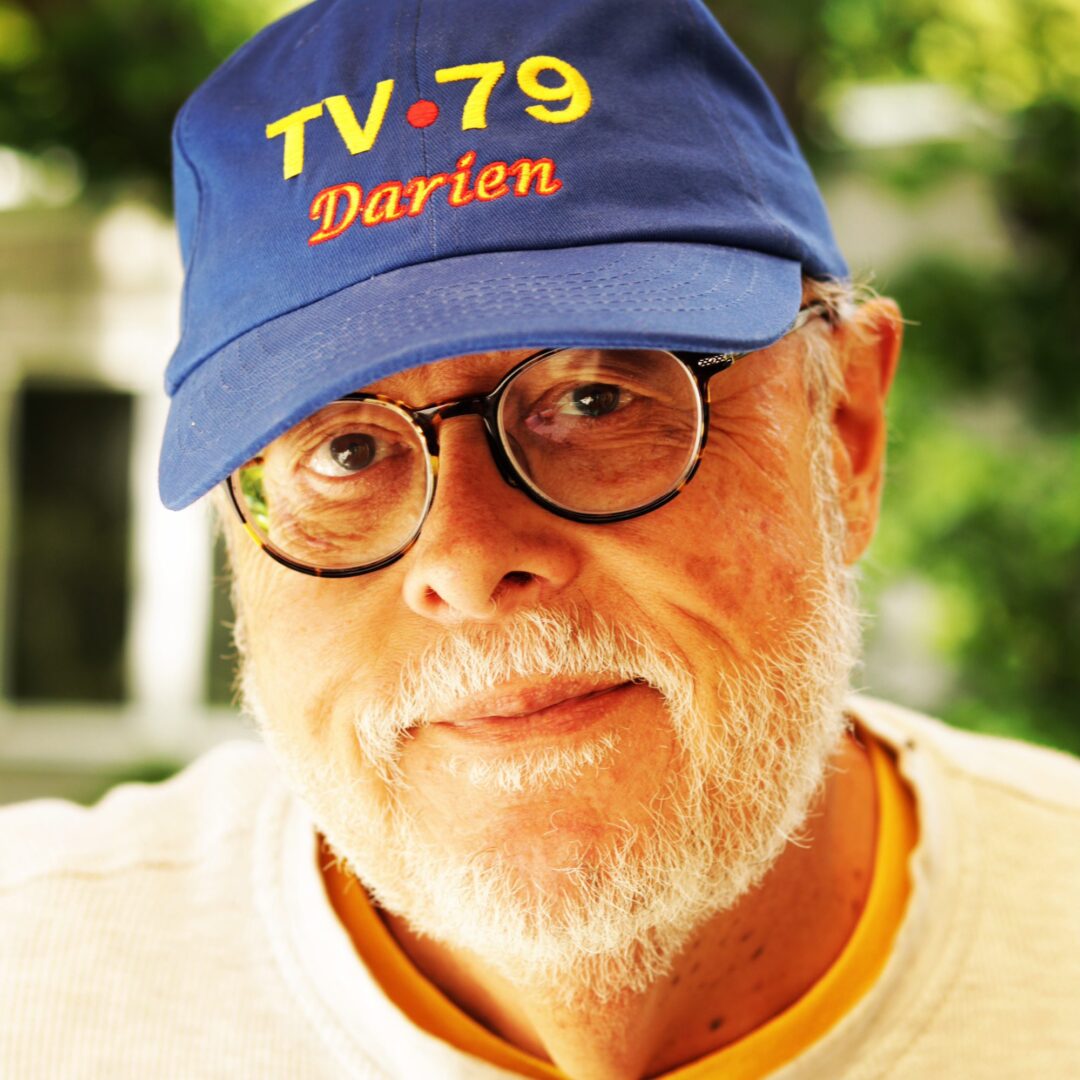A friend of mine got hit be a car last week, walking crossing a local street. He’s OK, but could have been killed.
Motor vehicles are linked to over 38,000 deaths each year in the US. That’s almost 730 deaths a week… 100 a day.
If a hundred people die in a plane crash, we go nuts. (Never mind that COVID deaths average about 1400 per day). But if they die on our roads we see it as the cost of doing business. As one blogger put it… “it’s high time to stop sacrificing safety on the altar of speed”.
Just listen to I-95 or the Merritt Parkway at night. They sound like a raceway.
Too many of those 38,000 deaths are pedestrians or bicyclists. And tens of thousands of those deaths are caused by distracted driving, drink or drugs or fatigue.
Federal statistics show if you’re in an accident and hit by a vehicle going 20 mph you have a 90% chance of surviving. But if the car or truck is going at 40 miles an hour your survival chances are just 10%. Speed kills. So why are we all driving so fast?
Because we have so far to travel and want to save time getting there. In Connecticut, our homes and our work are far apart because we can’t afford (or don’t chose) to live closer to our jobs. And either because we don’t want to (or chose not to), we don’t take mass transit, preferring the cocoon of our cars.
Sure, seat belts in cars save lives… if you wear them. And air bags and other tech in cars are helping us avoid many accidents. But the death toll keeps climbing, especially where cars occupy the same driving space as bikes and pedestrians.
Consider New York City.
In 1990 there were 700 traffic deaths in NYC. But by 2018 that number had dropped to 202, thanks to “Vision Zero”, Mayor de Blasio’s ambitious, billion dollar plan to reduce road deaths to zero by 2024. But more bike lanes, sidewalks and a 25 mph city-wide speed limit have, of late, made little difference. This year saw an uptick in deaths, most of them involving bicyclists driving on city streets that lack bike lanes. And on average one pedestrian dies in NYC every three days.
Advocates blame increased speeding and lack of enforcement.
In Connecticut we have nowhere near the same density of urban traffic fighting for space with folks on two feet or two wheels, but neither do we have sidewalks in many towns. Or bike lanes. But we do have speeders, scofflaws and insufficient enforcement.
When it’s not crawling bumper-to-bumper, try driving 55 mph on the Merritt, I-95 or I-84 and see what happens. As a CT State Trooper once told me as we cruised along at about 75 mph with the flow of traffic, “I look for the driver likely to cause an accident” by weaving or not signaling lane changes. Even those enforcing our laws admit they don’t or can’t keep up with motorists’ need for speed.
Even when the cops do look for speeders, legal radar detectors and laser-jammers help violators avoid getting caught. Attempts to install red-light cameras in Connecticut have always failed due to a combination of Big Brother paranoia and fears of the safety tech being turned into an unending revenue spigot for Towns and cities.
Weather conditions of course exacerbate the problem, especially with those driving the tanks we call SUVs who think they are immune to the laws of physics.
Bottom line: can’t we all just chill out a bit and think of the safety of others if not ourselves?
Editor’s note: This is a corrected and updated version of this column

